
Labradorite occurs in two forms, massive rock outcrops useful in construction and lapidary work. It is also found in small crystalline and gemmy phenocrysts in volcanic rock suitable for faceted jewelry. It is most often found as huge rock masses that outcrop in areas as part of huge plutonic intrusive formations. These rock-like masses of labradorite often show various colors that flashback at the viewer when the rock is tilted and moved. The crystalline gem phenocrysts are much less common and can be a variety of colors. With a hardness of six to six and one-half, they can be used as faceted gemstones when properly set.
The remarkable play of colors seen in massive labradorite is predominantly blue, but flashes of bronze, golden, red, green and yellow show up as a piece is rotated or moved under a strong light source. Both exciting massive and gemmy types of labradorite can be self-collected. Outcrops of massive labradorite are found in a host of countries, including the United States, where it has been mined as a decorative stone for carvings and less often for jewelry.
CANADIAN DISCOVERY
Massive labradorite was first collected on the Isle of Paul, near Nain, Labrador, Canada, hence the name for this calcium, sodium aluminum silicate. There are other nearby Labrador sources, but the material from near Nain collected in 1770 created quite a stir. The specimens collected showed a remarkable play of colors that excited scientists and triggered a search for more such beauty. It was later found in even more spectacular form in Tvedestrand, Kragero, Norway and surrounding environs. Finland yielded the most spectacular labradorite at Ylamoa, Lammenpa. Some pieces were so colorful as to be called spectrolite. Later, Russia and elsewhere produced equally exceptional labradorite.
This story is from the June 2021 edition of Rock&Gem Magazine.
Start your 7-day Magzter GOLD free trial to access thousands of curated premium stories, and 9,000+ magazines and newspapers.
Already a subscriber ? Sign In
This story is from the June 2021 edition of Rock&Gem Magazine.
Start your 7-day Magzter GOLD free trial to access thousands of curated premium stories, and 9,000+ magazines and newspapers.
Already a subscriber? Sign In
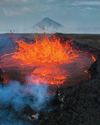
THE BRIGHT SIDE OF VOLCANIC ROCK
As a mineral resource, volcanic rock is decidedly short on glamour.
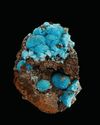
The Other Copper Minerals
12 Lesser-known Collectible Species

MINERAL COLLECTING -AND ROCK & GEM
Evolving Together FOR 54 YEARS
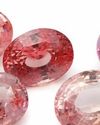
Gemstone Trends
A Look Back at 2024 & What to Expect in 2025
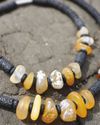
How to Make a GEM BEAD NECKLACE
No Lapidary Experience Needed!
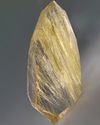
Framing Nature's Art
Faceting Rutilated Quartz for Beginners
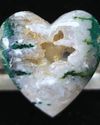
BEDAZZLED BLUE SEAM AGATE
More than several centuries ago, mining was the profession most often seen as befitting of men.
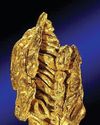
ROCK & GEM FIELD GUIDE:
Spinel is a captivating gemstone with a rich history of being mistaken for gems like ruby and sapphire.
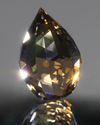
SNAKE SCALE DROP 1.5:1
This Faceting Focus is revisiting the briolette gemstone design because of its popularity with independent and hobby gemstone faceters.
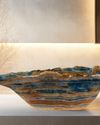
STONE CHIC
How Earth-Inspired Decor Brings Comfort to our Home